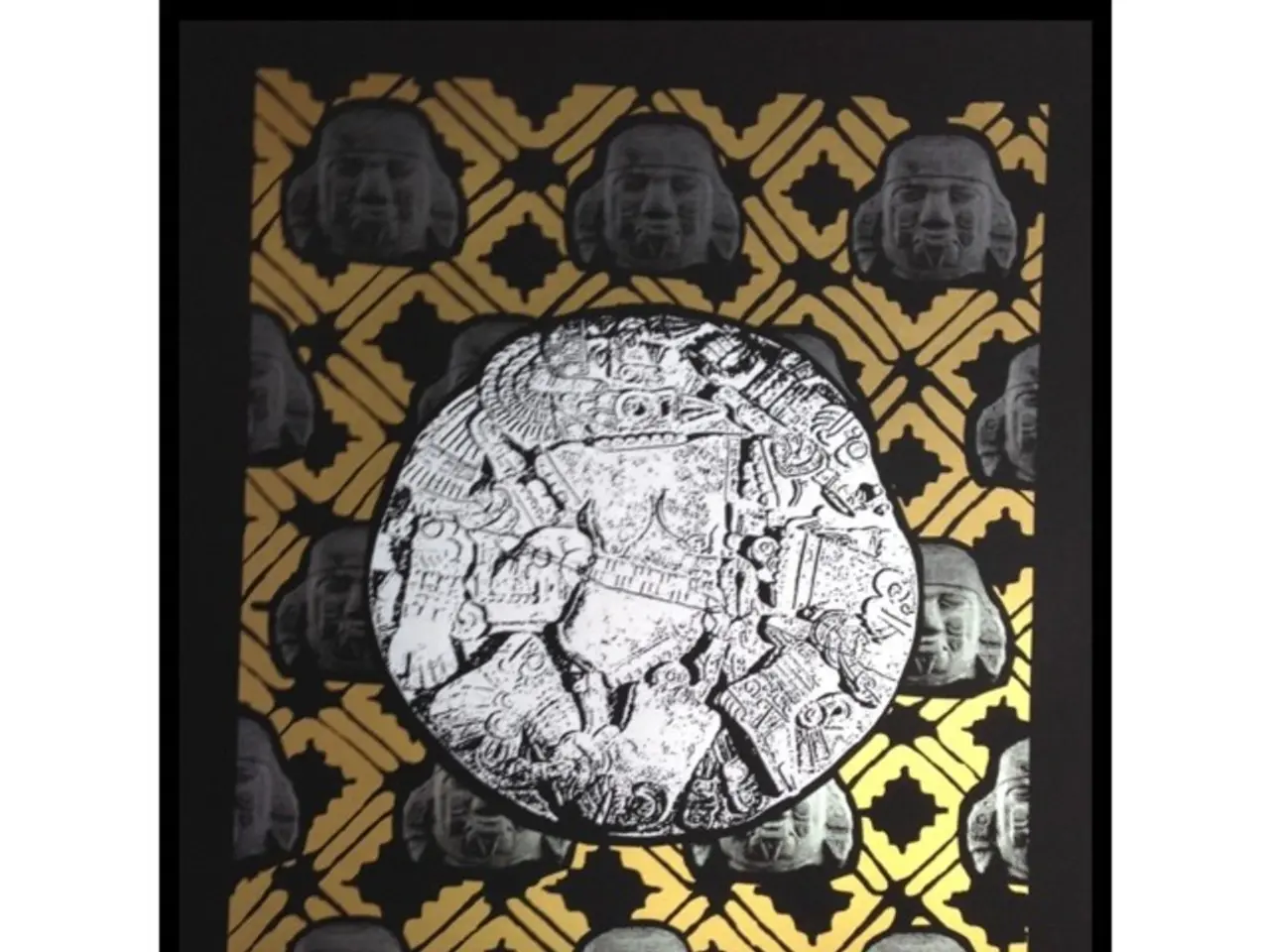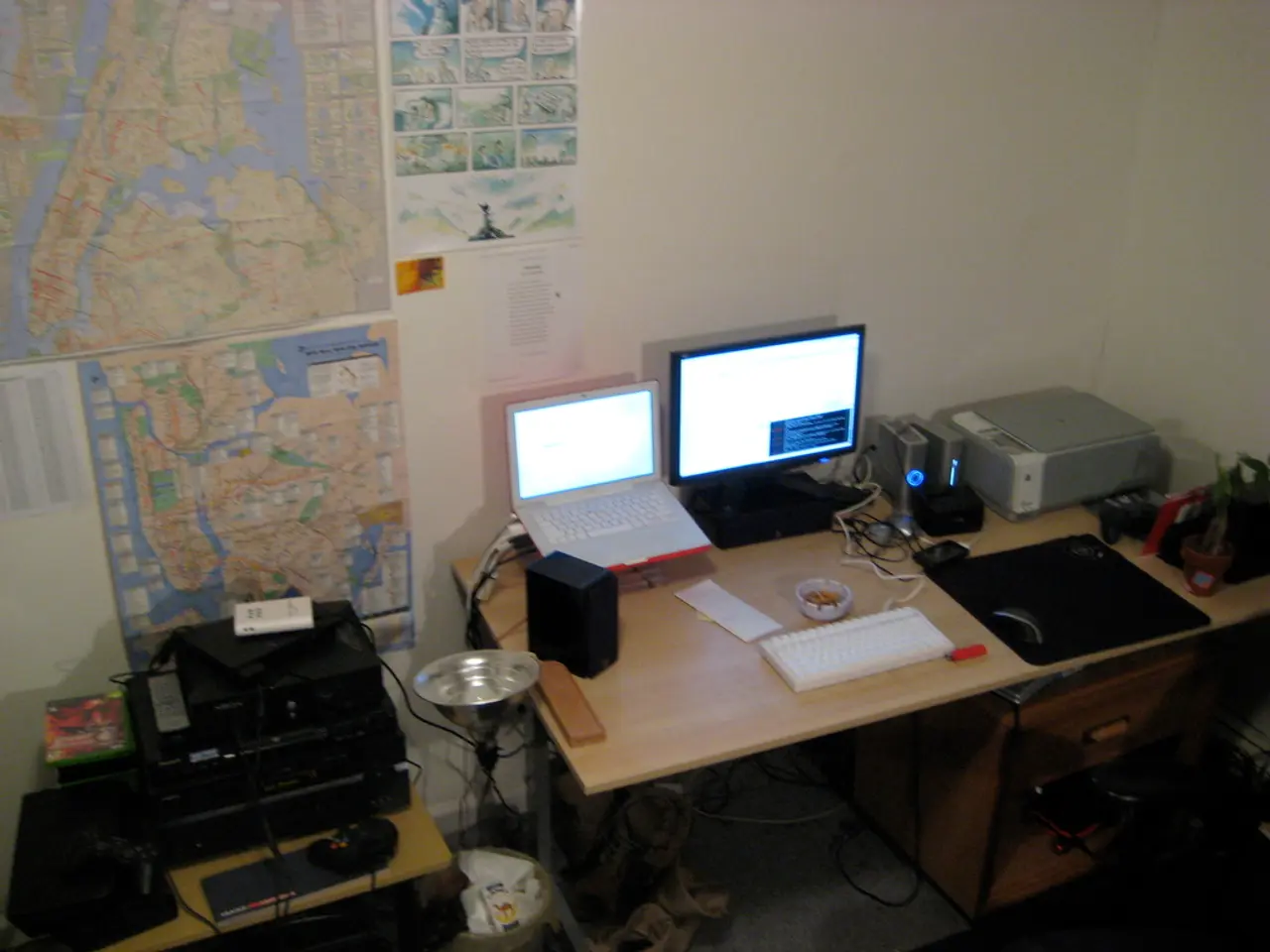Rapid AI technology now duplicates your facial appearance instantly. Is anxiety warranted?
In recent years, artificial intelligence (AI) has made significant strides in creating deepfakes of faces, using techniques such as autoencoders and neural networks to generate highly realistic and difficult-to-detect fake images and videos [1][2][3]. These deepfakes can convincingly simulate and distort reality, making it possible to impersonate individuals in photos or videos in ways that appear authentic.
The potential implications for privacy and authentication are profound. Deepfakes can be used to create nonconsensual explicit images or videos (revenge porn), fabricate compromising material, or simulate someone without their consent, severely harming reputations and violating individuals' privacy rights [3]. Furthermore, voice and face deepfakes enable scams such as voice phishing (vishing), social engineering, and unauthorized transactions by mimicking the voices or appearances of friends, family members, or trusted figures. Reports indicate a massive surge in AI-driven fraud, including deepfake scams leading to billions of dollars lost globally [1][4].
As deepfakes become easier to create—even by individuals with only laptops and open-source tools—they threaten traditional verification methods reliant on biometric data such as facial recognition and voice identification. This undermines trust in digital communications and identity verification systems [2]. Deepfakes can also mislead voters by creating fabricated political content and spreading misinformation. Many states have enacted or proposed laws to regulate political deepfakes, often requiring clear disclosures or watermarks to identify synthetic media, aiming to prevent election interference [3].
To counter these challenges, responses include the development of AI tools designed to detect deepfakes by identifying subtle flaws invisible to humans [2]. Regulations requiring labeling or removal of harmful deepfakes and increasing penalties for malicious use are also being considered [2][3]. Improved digital literacy initiatives to help people recognize fake content and avoid deception are also essential [2].
It is expected that software for creating digital doppelgängers will become accessible to the general public in the near future. Given a few images of a person's face from various angles, an AI can generate a double of that person's face to overlay onto someone else's [5]. With an AI doppelgänger, anyone can effectively impersonate another person. The technology can manipulate videos, making it difficult to discern the original from the manipulated content [6].
In summary, AI-driven deepfake face technology has advanced to a point of alarming realism, raising serious concerns for privacy violations, fraud, and the integrity of biometric authentication. Combating these risks requires combined efforts in technology, law, and education [1][2][3][4].
References: [1] Goodfellow, I., et al. (2014). Generative Adversarial Nets. arXiv preprint arXiv:1406.2661. [2] Zhao, Y., et al. (2017). DeepFake: Learning to Synthesize Realistic Fake Videos of Unseen Individuals. Proceedings of the IEEE Conference on Computer Vision and Pattern Recognition (CVPR). [3] Ross Goodwin and Toby Schwartz, "Deepfakes: A Primer," The Atlantic, November 29, 2017. [4] "Deepfake scams: a growing threat to businesses," Cybersecurity Dive, October 14, 2020. [5] "AI-generated deepfakes can create a digital doppelgänger using training data from a few images of a person's face." [6] "AI-generated deepfakes can convincingly duplicate lighting and facial expressions from the original face."
- To combat the growing threats posed by AI-driven deepfake technology, the development of AI tools for detection is crucial, as they can help identify subtle flaws in deepfakes that are invisible to humans.
- The advancement of deepfake technology in the realm of science and technology has raised concerns for the future, as it can potentially impersonate individuals, create nonconsensual content, and manipulate digital communications, thereby undermining trust and privacy rights.
- In the near future, software for creating digital doppelgängers may be accessible to the general public, enabling anyone to effectively impersonate another person through the manipulation of videos, making it challenging to discern the original from the manipulated content.




